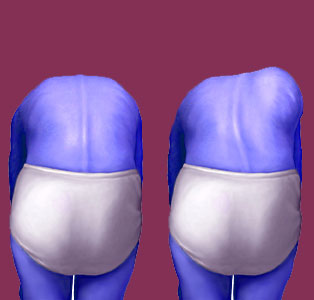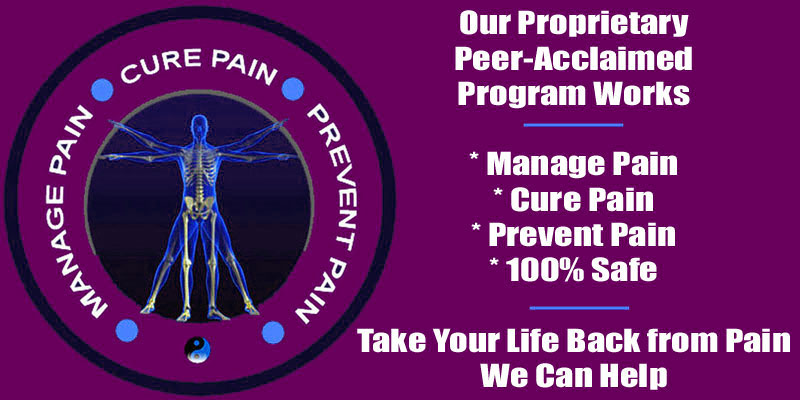
Schooliosis is a term that describes the epidemic misdiagnosis of atypical side-to-side spinal curvatures in primary school settings, as well as the terrible financial, physical and psychoemotional trauma it induces. We consistently receive letters from angry and agitated parents, as well as from patients who are now fully grown and are reflecting back on their horrific diagnostic experiences earlier in life. We also have some personal experience in the subject, as well…
School-related scoliosis exams remain controversial, since school nurses are not qualified to diagnose scoliosis, nor differentiate functional from fixed cases. Even when a doctor is brought in to examine children, the rate of erroneous diagnosis remains high, pointing out some inherent flaws with the entire idea of school screening for atypical spinal curvature.
This important topical editorial explores our extensive experience dealing with the ramifications of schooliosis. We will discuss the types of iatrogenesis we witness on a continual basis and provide some additional important points that demonstrate the mistakes of the school-based scoliosis evaluation system.
What is Schooliosis?
Schooliosis is a play on words that might seem humorous, but is actually a very serious subject. Many children suffer misdiagnosis of scoliosis in school exam settings, while others suffer various forms of humiliation and health condition disclosure that violates their human and civil rights. Since scoliosis is not contagious and is not considered a pathological condition, there is absolutely no reason why schools should have any role in diagnosing the condition. Scoliosis testing, much like immunization, should be left to each family as part of the child’s normal wellness maintenance schedule.
Some children actually have scoliosis, but are passed over time and time again by unqualified screeners during school examinations. Meanwhile, a large number are mistakenly told that they have scoliosis, when qualified diagnosticians later correct the error, telling the child that their spine is completely or relatively normal. Either of these 2 types of blunders is inexcusable and damaging.
Statistics do not demonstrate much improvement in reducing iatrogenic error even when the school hires a physician to screen children, as opposed to placing this responsibility on an under-qualified school nurse. It is obvious that many of these doctors are not the best examples of professionals in their fields…
Scoliosis Diagnostic Issues
Some children are actually affected by scoliosis, yet test normally during school exams. Parents do not require their children to have private scoliosis screenings, since they feel that the child has already been evaluated and found to be normal in school. This type of error can delay scoliosis treatment for many years, until the truth is discovered. Delays in bracing have been proven to dramatically reduce the effectiveness of the therapy.
More often, children receive false positive diagnoses of scoliosis. The damage here is highly variable, depending on the manner in which the child is handled, as well as the nature of the follow-up care that is received. For example, the child might be told they have scoliosis and instructed to follow up with a doctor for confirmation and treatment advice. They might not have scoliosis, often demonstrating a minor curvature of less than 10 degrees, which is still considered a normal spinal presentation. If they follow-up with a less ethical care provider, one who values money more than patient health, then they might actually wind up in treatment for a condition that they do not even have… The chance of the parents seeking a second opinion are low, since they feel that 2 different sources (the school and the crooked doctor) both diagnosed scoliosis, even though the screener at the school might not be medical qualified to make such as assertion.
However, misdiagnosis is just one of the inherent problems of school scoliosis testing and believe it or not, is the lesser of the traumatic evils that can befall children during these often mismanaged exams.
Schooliosis Salient Points
Children widely report feeling embarrassed during scoliosis testing. In most cases, schools call groups of children to go to the nurse’s office at once. There, they must disrobe in front of one another and witness each other’s examination. Many children are body conscious, being overweight, underweight, unathletic or otherwise lacking confidence. It is experiences like this that actually help reinforce bullying and singling out of children who are perceived as different. With the epidemic of childhood obesity in many developed countries, this has become a huge concern.
If a positive diagnosis is made, regardless of its accuracy, word will spread quickly among the child’s peers, violating their right to health information privacy. Furthermore, the child will immediately suffer a powerful negative nocebo effect from the verdict of scoliosis and the psychological damage will already be done, even if the pronouncement turns out to be false.
We see no need for school-based scoliosis testing. We see few benefits, except in cases where children are underprivileged and not able to seek healthcare services on their own due to inability to pay. In all other cases, scoliosis testing in school seems unnecessary, inaccurate and often traumatic. Remember that the effects of scoliosis on the mind are more powerful than they can possibly be on the body. Since the mind sets the tone for overall wellness throughout life, a negative nocebo influence early in life can do untold damage to the poor child, before they even have a chance to grow up strong and healthy.





